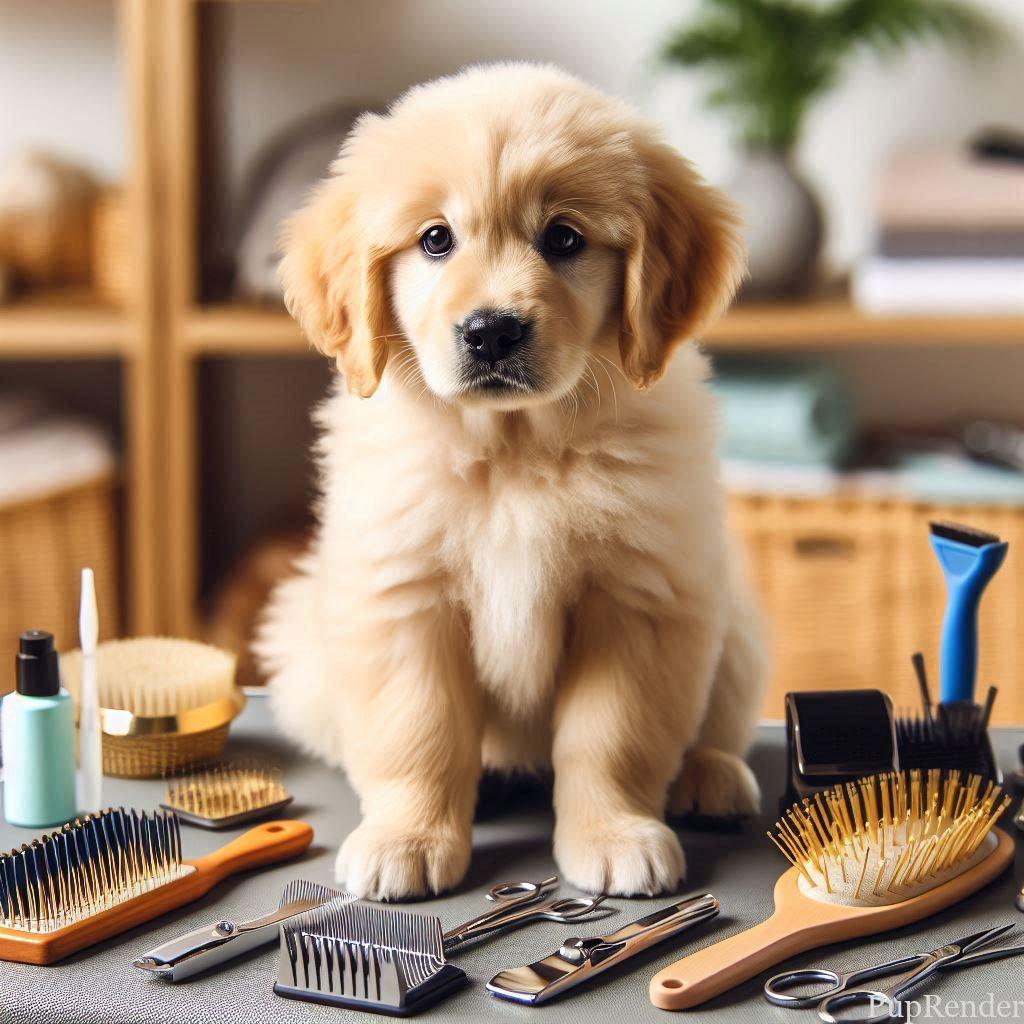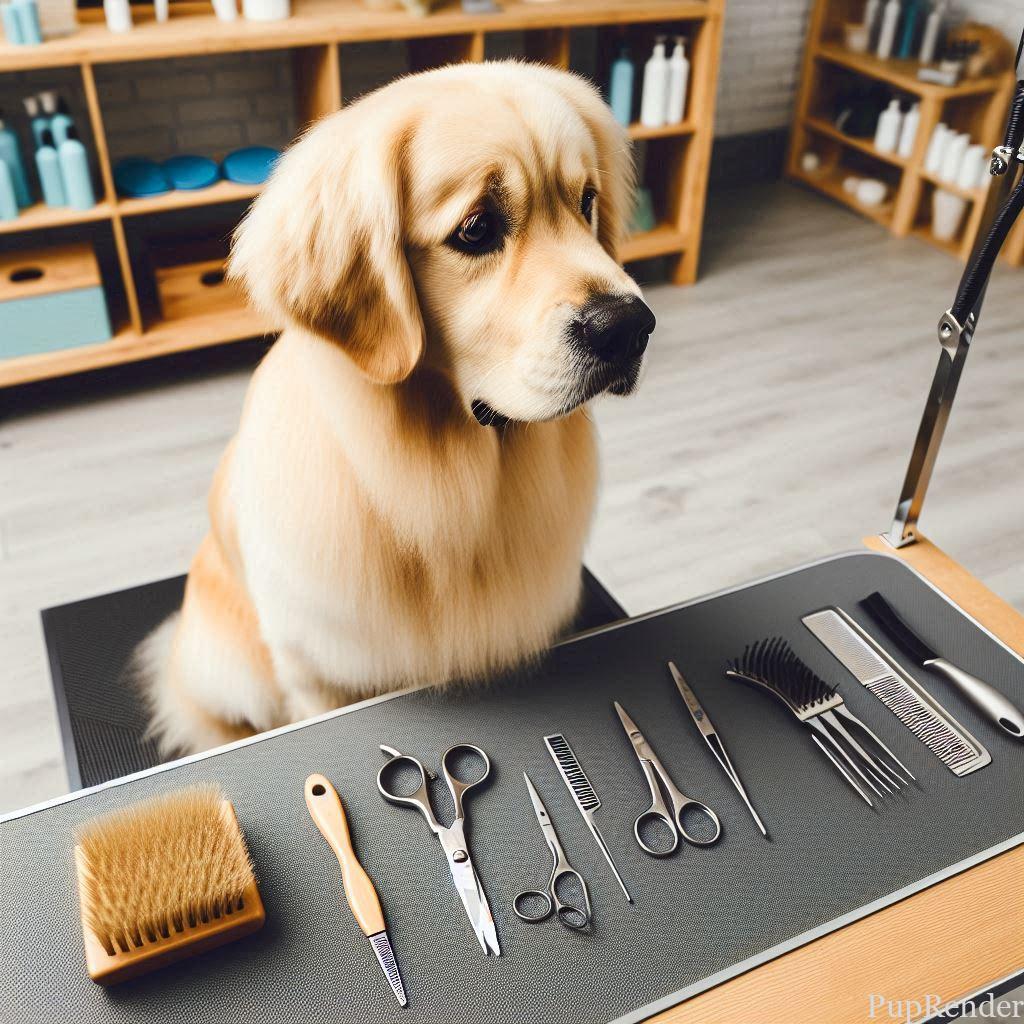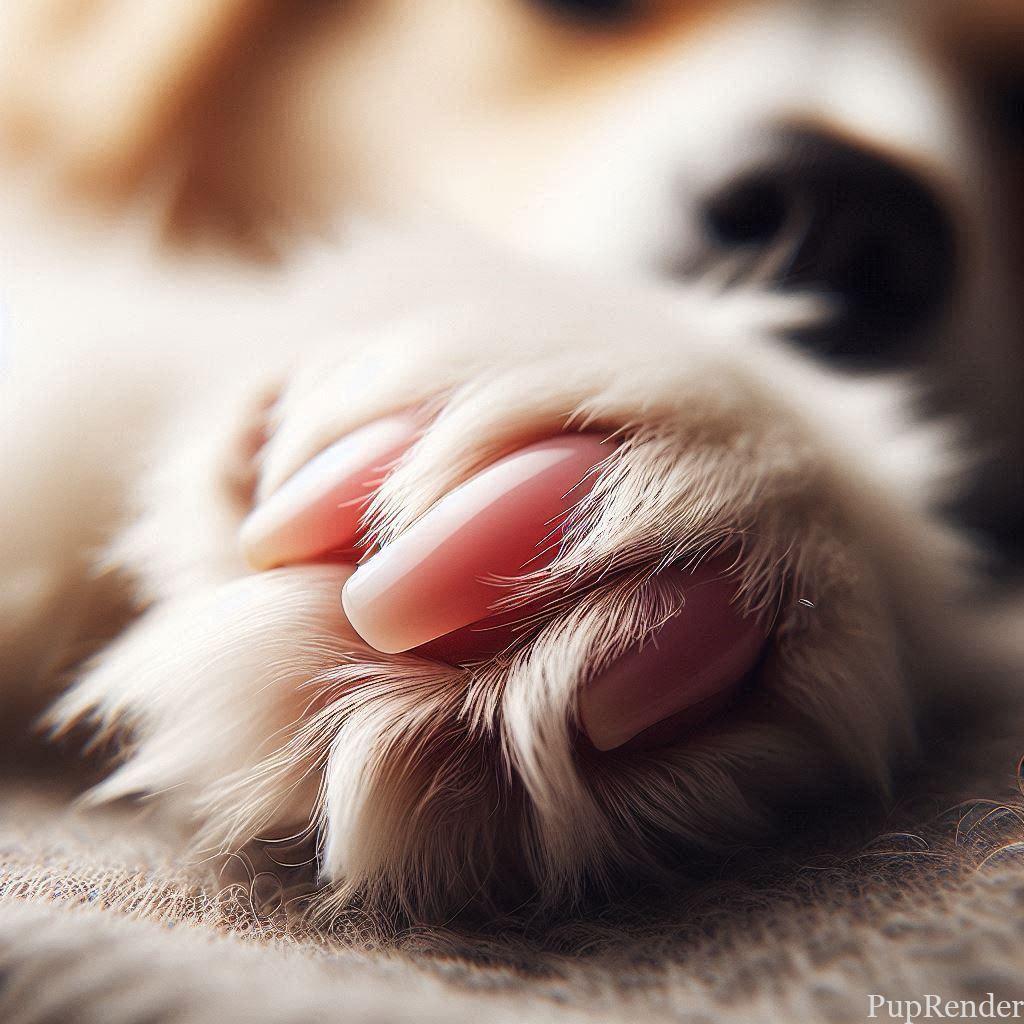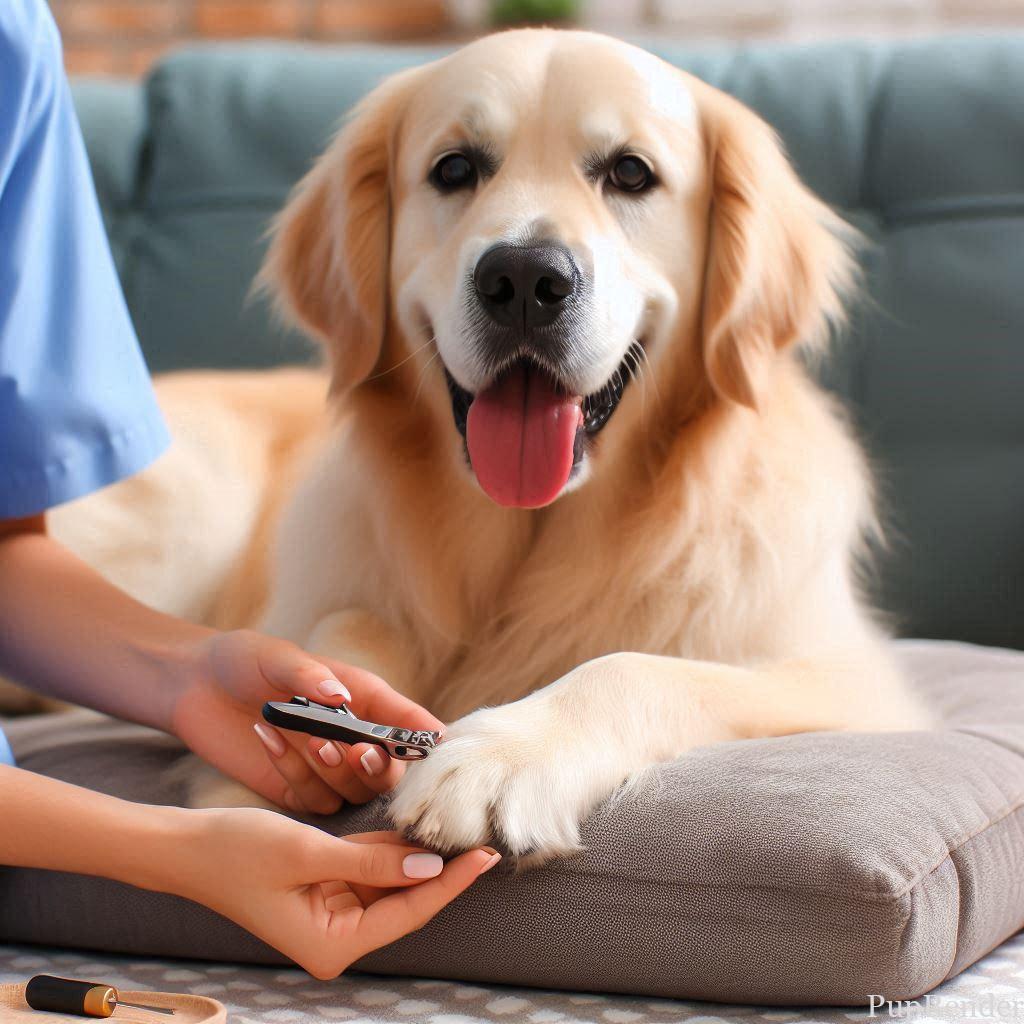The Best Practices for Dog Nail Trimming
Keeping your dog’s nails trimmed is an essential part of pet care, but it can often seem like a daunting task. Nail trimming not only contributes to your dog’s overall health but also prevents discomfort and potential injury. In this post, we’ll walk you through the best practices for dog nail trimming, ensuring a safe and calm experience for both you and your furry friend.
Why Nail Trimming is Important for Your Dog
Regular nail trimming prevents overgrown nails that can cause pain and even lead to health issues such as arthritis. Dogs’ nails can also snag on carpets or break, causing discomfort or injury. By following these best practices, you can keep your dog’s paws in tip-top shape.
Preparation: Getting Your Dog Ready for Nail Trimming
Before you even pick up the clippers, it’s essential to prepare your dog for the experience.
Get Your Dog Comfortable
Familiarize your dog with the tools you’ll use, such as nail clippers or a grinder. Let them sniff and explore the tools to ease any anxiety. Use treats and praises generously to create a positive association.

Choose the Right Tools
Not all nail clippers are created equal. Research and choose a clipper suitable for your dog’s size. Alternatively, a nail grinder can be an excellent option for dogs who are sensitive to clipping.

Step-by-Step: How to Trim Your Dog’s Nails
Find a Comfortable Position: Ensure your dog is in a comfortable and calm state. Some dogs prefer standing, while others may feel more secure lying down.
Identify the Quick
The quick is the pink area inside your dog’s nail where the blood vessels and nerves are located. Avoid cutting into the quick as it will cause pain and bleeding. For dogs with dark nails, trim small amounts at a time to avoid hitting the quick.

Alt text: Diagram of a dog nail showing the quickTitle: Identifying the Quick in Your Dog’s NailCaption: Know where to cut to avoid hurting your pup.Description: An illustrative image showing the structure of a dog’s nail and the location of the quick.
Trim Small Amounts
Gradually: Start by trimming a small amount of the nail, especially if you’re new to this process. Gradual trimming helps prevent accidental cuts into the quick.

Reward and Reassure
After each nail is trimmed, reward your dog with treats and praise. Positive reinforcement helps make the process easier in the future.
Troubleshooting Common Nail Trimming Issues
Bleeding from the Quick
If you accidentally cut into the quick, don’t panic. Apply styptic powder or cornstarch to stop the bleeding.
Nervous Dog
For dogs that are particularly anxious about nail trimming, consider shorter, more frequent sessions. Over time, this can help reduce anxiety.
For more tips on dealing with nervous or anxious pets, check out our post on How to Handle a Dog’s Fear of Loud Noises.
Additional Resources and Dog Care Tips
Maintaining your dog’s health goes beyond nail trimming. For a comprehensive look at grooming, read our Ultimate Guide to Dog Grooming at Home. Don’t forget to check out our post on Top 7 Health Tips Every Dog Owner Needs for more tips on keeping your dog happy and healthy!
For additional expert advice, check out the American Kennel Club’s guide on dog nail care.
Share Your Experience!
Have you tried these nail trimming tips? Share your experience with us in the comments below, and don’t forget to share this post on your social media channels to help other dog parents keep their pups healthy and happy!





